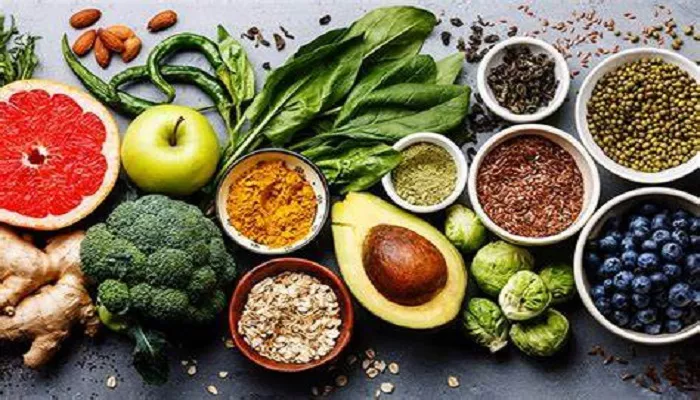Staple foods, which we consume daily, are a crucial source of energy. But how much do we really know about staple foods? What makes a good staple food? How much should we eat? And how can we consume them in a healthier way? Wu Jia, deputy secretary-general of the Nutrition Literacy Branch of the China Health Promotion and Education Association, explained the key points of staple food selection and combination.
The Right Amount of Staple Foods Matters
Staple foods are the main part of our diet. Wu Jia introduced that in China, staple foods generally refer to cereal foods, also known as grains. Common ones include wheat, rice, corn, millet, sorghum, buckwheat, oats and their products like rice, steamed buns, pancakes, bread, and biscuits. Miscellaneous beans and tubers such as mung beans, red beans, kidney beans, sweet potatoes, potatoes, and yams are also considered staple foods. It’s well-known that overeating staple foods can lead to excessive calorie intake, which is then converted into fat and accumulates in the body, causing obesity. In recent years, some people trying to lose weight see staple foods as the main cause of obesity and advocate eating less or even eliminating staple foods. But is this approach reliable?
Staple foods are rich in carbohydrates and are the most economical and important source of energy for the human body. They also provide B vitamins, minerals, dietary fiber, etc., playing a significant role in maintaining good health. Carbohydrates should account for 50% to 65% of the total energy we consume daily. It’s not advisable to eat too little or avoid staple foods. Wu Jia said that although protein and fat can provide energy, the energy production processes of these two nutrients increase the body’s burden and generate metabolic waste.
In the Balanced Diet Pyramid for Chinese residents launched by the Chinese Nutrition Society, daily foods are divided into five layers, with staple foods at the bottom and having the largest recommended intake, indicating that staple foods are the foundation of a balanced diet. The “Dietary Guidelines for Chinese Residents (2022)” suggests a balanced diet mainly based on grains. Adults should consume 200 to 300 grams of cereal foods daily, including 50 to 150 grams of whole grains and legumes and 50 to 100 grams of tubers.
The Harms of Long-Term Lack of Staple Foods
Wu Jia pointed out that not eating staple foods can lead to insufficient carbohydrate intake. To maintain stable blood sugar levels, the body has to convert fat or protein. Prolonged such a situation can have side effects on the body, such as metabolic disorders. Chronic lack of carbohydrate supply can also affect memory and cognitive ability and increase the risk of all-cause mortality. Moreover, eating too little staple food often leads to a higher intake of animal-based foods. This is because relying only on vegetables and fruits makes it hard for people to feel full. A diet dominated by animal-based foods can easily increase the risk of chronic diseases like obesity, hyperlipidemia, coronary heart disease, and diabetes.
In conclusion, both overeating and undereating staple foods are not good. Wu Jia introduced that studies show that improper staple food intake can affect lifespan. It’s best to control the calorie intake from staple foods to about 50% of the total calories. In daily life, some people like to prepare staple foods through frying, which destroys the original nutrients and reduces their nutritional value. Wu Jia gave the example of sugar oil cakes. After mixing flour and white sugar and frying them in hot oil until golden brown, the intake of fat, sugar, and oil is likely to exceed the normal amount when eating such food.
In our daily diet, many people tend to focus on just one type of staple food, like only eating rice or steamed buns. This is wrong. Nutrition-wise, a balanced diet is advocated, which requires a variety of foods and reasonable combinations, and this also applies to staple foods. Wu Jia said that healthy staple foods have four characteristics: diversity (a wide variety of types), lightness (simple cooking), no added sugar, and no oil. When cooking rice or porridge, we can add a handful of coarse grains like brown rice, oats, black rice, buckwheat rice, and miscellaneous beans (such as kidney beans and mung beans), or tubers like potatoes and sweet potatoes. Eating in this way can supplement dietary fiber, minerals, and vitamins and help prevent type 2 diabetes, cardiovascular diseases, and obesity.
Related topics


